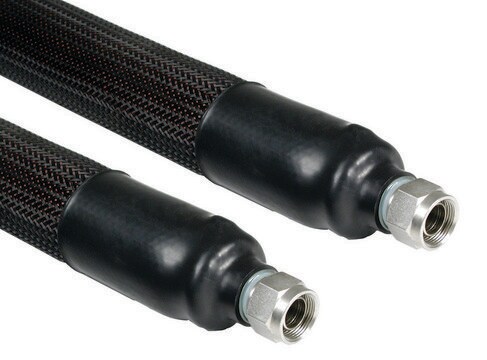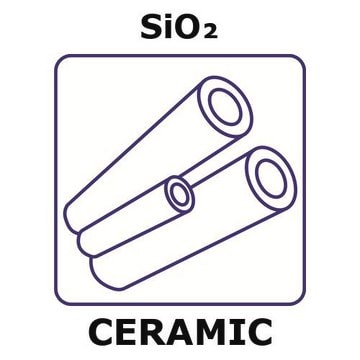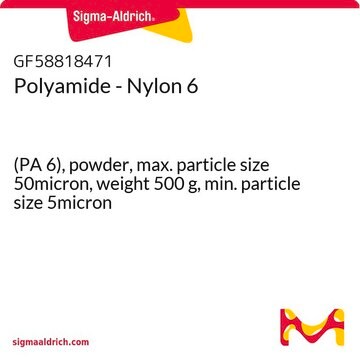GF96312326
Aluminum
honeycomb, 600x600mm, thickness 26.5mm, cell size 6.3mm, cell wall 0.064mm, core density 0.083g/cm3, phenolic adhesive (resin), facing skin carbon fiber / epoxy, 99.9%
Synonyme(s) :
Aluminum, AL002678
Sélectionner une taille de conditionnement
2 520,00 $
Sélectionner une taille de conditionnement
About This Item
2 520,00 $
Produits recommandés
Matériaux
hexagonal (prism)
Description
cell wall 0.064mm
Essai
≥99.9%
Température d'inflammation spontanée
1400 °F
Fabricant/nom de marque
Goodfellow 963-123-26
Résistivité
2.6548 μΩ-cm
Taille des alvéoles
6.3 mm
Taille × épaisseur
600 x 600 mm × 26.5 mm
pb
2460 °C (lit.)
Pf
660.37 °C (lit.)
Densité
2.7 g/mL at 25 °C (lit.)
Chaîne SMILES
[Al]
InChI
1S/Al
Clé InChI
XAGFODPZIPBFFR-UHFFFAOYSA-N
Catégories apparentées
Description générale
Informations légales
Code de la classe de stockage
13 - Non Combustible Solids
Classe de danger pour l'eau (WGK)
WGK 3
Point d'éclair (°F)
Not applicable
Point d'éclair (°C)
Not applicable
Faites votre choix parmi les versions les plus récentes :
Certificats d'analyse (COA)
It looks like we've run into a problem, but you can still download Certificates of Analysis from our Documents section.
Si vous avez besoin d'assistance, veuillez contacter Service Clients
Déjà en possession de ce produit ?
Retrouvez la documentation relative aux produits que vous avez récemment achetés dans la Bibliothèque de documents.
Active Filters
Notre équipe de scientifiques dispose d'une expérience dans tous les secteurs de la recherche, notamment en sciences de la vie, science des matériaux, synthèse chimique, chromatographie, analyse et dans de nombreux autres domaines..
Contacter notre Service technique








